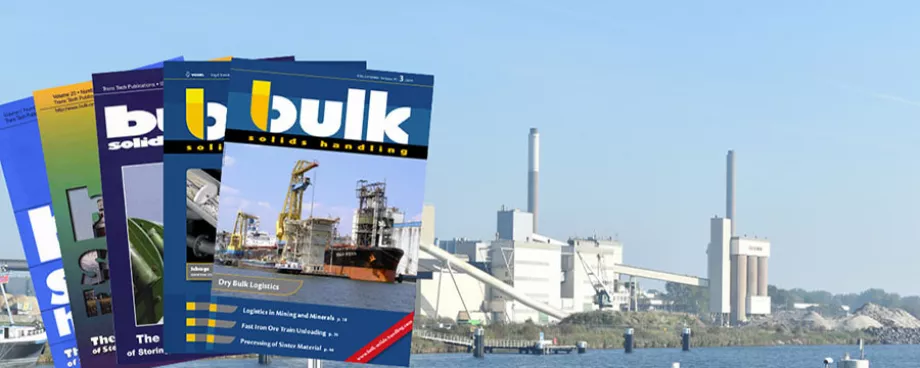In 1981 the Port of New York and New Jersey handled over 45.3 million long tons of general and bulk cargo. The total value of the cargo was over $ 45 billion (see Table 1) (1).
Many of the characteristics that make the Port of New York and New Jersey one of the world s leading container ports will also enable the port to become a major bulk export handling port. Some of the factors that make the port ideal for bulk export handling include: a natural harbor close to major markets in Western Europe, access to inland commodity supply centers, and foreseen ability to handle deep draft large volume vessels.
New York City's Department of Ports and Terminals believes that the changing economics of bulk transportation will force commodities such as coal and grain to move along the most economical route. The Department has identified coal and grain as two bulk commodities which can be efficiently and competitively shipped through the Port of New York.
The study investigating the feasibility of exporting coal from New York utilizing coal-slurry pipeline technology has already been completed by the Department in collaboration with private engineering and development firms. A similar effort is presently under way for a grain export terminal on the New York side of the harbor.
This paper deal with the feasibility of a grain export terminal in New York harbor, and many of the transportation issues that make grain a leading bulk export. The paper will concentrate on grain using the popular definition: wheat, corn (maize) soybeans barley, oats, rye and sorghum. Grain is grown throughout the United States and exported all over the world. However, rather than discuss in detail all the major grain producing and importing areas I will limit my discussion to areas close to New York and which New York can competitively serve.
■






